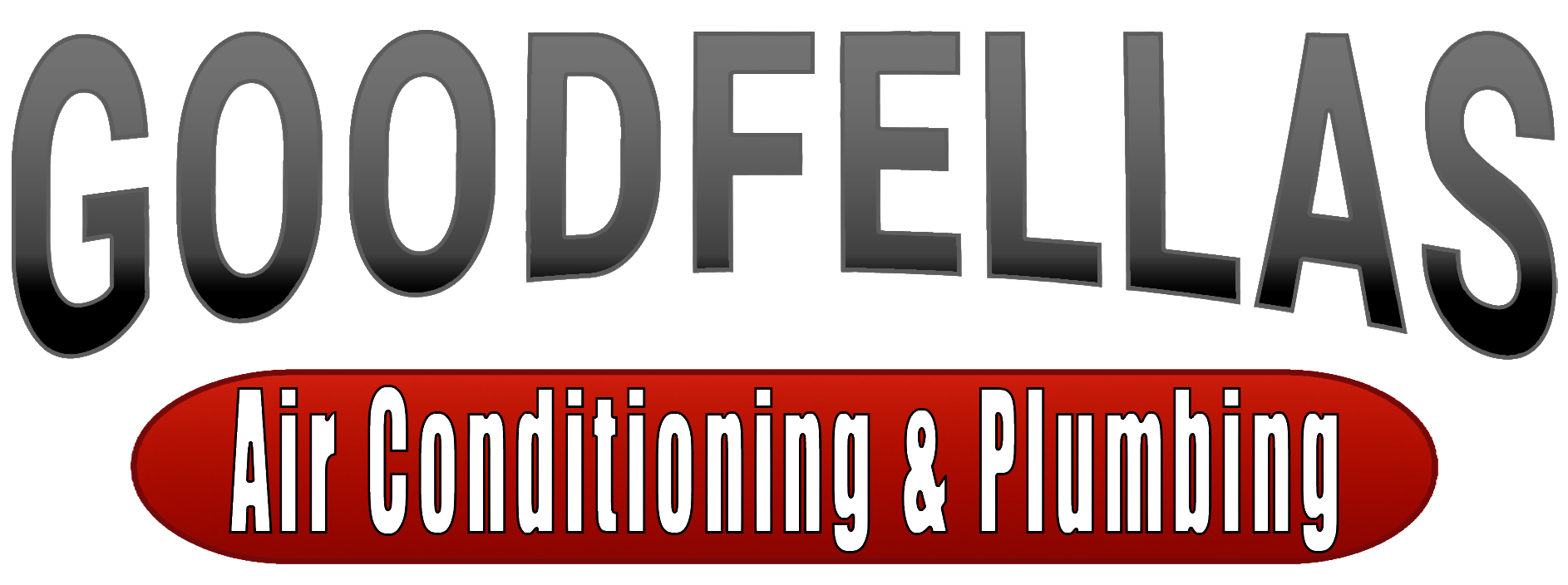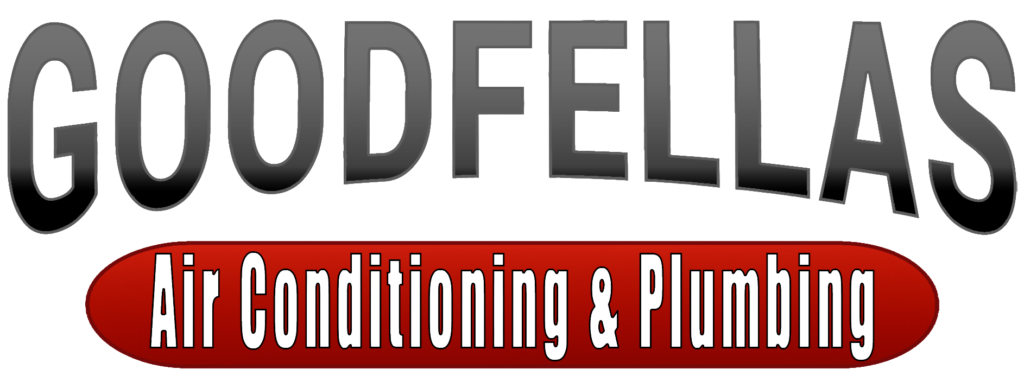HVAC Terminology
- A-Coil - A heat exchanger (evaporator coil) consisting of two diagonal coils that are joined together in a manner that looks like the letter “A”.
- AC - AC, A.C. or Ac may refer to: Air conditioning, technologies for altering the temperature and humidity of air; Alternating current, a type of electrical current in which the current repeatedly changes direction.
- AC or DC - Abbreviation for equipment capable of operating on alternating or direct current.
- ACCA - Air-Conditioning Contractors of America.
- Acoustical - Of or pertaining to sound.
- AFUE - Annual Fuel Utilization Efficiency. A measure of a gas furnace’s efficiency in converting fuel to energy—the higher the rating, the more efficient the unit.
- AGA - Abbreviation for American Gas Association, Inc.
- AHRI - Air Conditioning, Heating & Refrigeration Institute.
- Air cleaner (also Air Filtration System) - Removes airborne allergens from your home.
- Air Conditioner - Any device that can change the temperature, humidity or general quality of the air. More specifically, an air conditioner makes your home cooler, by drawing heat energy out of the house and transferring that heat to the outdoors.
- Air Filtration System (also Air Cleaner) - Removes airborne allergens from your home.
- Air flow volume - The amount of air the system circulates through your home, expressed in cubic feet per minute (cfm). Proper air flow depends on the outdoor unit, the indoor unit, the ductwork and even whether the filters are clean.
- Air handler - An air moving and/or mixing unit. Residential air handlers include a blower, a coil, an expansion device, a heater rack and a filter. Heaters for air handlers are sold as accessories. In some models, heaters are factory installed. The portion of your heating and cooling system that forces air through your home’s ductwork.
- ASHRAE - American Society of Heating, Refrigeration and Air Conditioning Engineers- ASHRAE is an international voluntary organization for people involved in heating, ventilation, air conditioning, or refrigeration (HVAC&R).
The society promotes the general sciences of HVAC&R. The main Society headquarters is located in Atlanta, Georgia with local chapters located across the United States and throughout the world.
ASHRAE publishes a four-volume Handbook that serves as a resource for members, with one of the four volumes updated each year. ASHRAE also publishes a well recognized series of standards and guidelines relating to HVAC Systems. ASHRAE Standards are often referenced in other model building codes and in the US Green Building Council’s Leadership in Energy Design (LEED) green building rating system. - BTU - British thermal unit; the amount of heat required to raise or lower the temperature of one pound of water one degree Fahrenheit. The heat extracted from your home by an air conditioner is measured in BTUs.
- BTUh - British thermal units per hour. 12,000 BTUh equals one ton of cooling.
- Burner - A device that uses fuel to support combustion.
- Burner Orifice - The opening through which gas flows to the air/gas mixing chamber of the burner.
- Burner (sealed combustion) - A burner that obtains all air for combustion from outside the heated space.
- CADR Clean Air Delivery Rate (CADR) - provides the number of cubic feet of clean air that a unit delivers each minute. Efficiency of the system times the air flow of the system.
- Capacity - The output or producing ability of cooling or heating systems. Cooling and heating capacities are referred to in British thermal units (BTUs) per hour.
- Celsius - The metric temperature scale in which water freezes at zero degrees and boils at 100 degrees, designated by the symbol “C”. To convert to Fahrenheit, multiply a Celsius temperature by 9, divide by 5 and add 32 (25 x 9 equals 225, divided by 5 equals 45, plus 32 equals 77 degrees Fahrenheit).
- Certified Matched System - The Air Conditioning, Heating and Refrigeration Institute (AHRI) puts heating and cooling equipment through rigorous certification processes to ensure systems deliver the promised performance at certain test conditions.
- CFM - Abbreviation for cubic feet per minute, a standard measurement of airflow. A typical system requires 400 cfm of air flow per ton of air conditioning.
- Charge - To add refrigerant to a system. This is refrigerant contained in a sealed system or in the sensing bulb to a thermostatic expansion valve.
- Comfort™ coil (also evaporator coil or indoor coil) - Part of an indoor air unit, it functions with the air conditioner or heat pump outdoors to cool and condition indoor air that flows over it by drawing out heat and moisture.
- Compressor - This is the heart of an air conditioning or heat pump system. It is part of the outdoor unit and pumps refrigerant in order to meet the cooling requirements of the system.
- Condensate - Vapor that liquefies due to the lowering of its temperature to the saturation point.
- Condenser coil (or outdoor coil) - Part of the outdoor portion of a heating or cooling system, which releases or collects heat from the outside air.
- Condenser fan - The fan that circulates air over the air-cooled condenser.
- Contactor - A switch that can repeatedly cycle, making and breaking an electrical circuit. When sufficient current flows through the A-coil built into the contactor, the resulting magnetic field causes the contacts to be pulled in or closed.
- Crankcase heater - This is the electric resistance heater installed on compressor crankcases to boil off liquid refrigerant that may have combined with compressor oil. Many newer cooling systems do not require crankcase heaters, however heat pumps do require crankcase heaters.
- CSA - Canadian Standards Association.
- Damper - Found in ductwork, this movable plate opens and closes to control airflow. Dampers can be used to balance airflow in a duct system. They are also used in zoning to regulate airflow to certain rooms.
- DB (Decibels) - A unit to measure sound.
- DC - Direct current electricity. This type of electricity (as opposed to Alternating Current, or AC) flows in one direction only, without reversing polarity.
- Defrost - To melt frost (as in from an air conditioner or heat pump coil).
- Degree-day - A degree-day is a computation that gauges the amount of heating or cooling needed for a building. A degree-day is equal to 65 degrees Fahrenheit minus the mean outdoor temperature.
- Dehumidifier - An air cooler that removes moisture from the air.
- Diffuser - A grille over an air supply duct having vanes to distribute the discharging air in a specific pattern or direction.
- DOE - Department of Energy.
- Downflow furnace - A furnace that intakes air at its top and discharges air at its bottom.
- Drain pan - This is also referred to as a condensate pan. This is a pan used to catch and collect condensate (in residential systems vapor is liquefied on the indoor coil, collected in the drain pan and removed through a drain line).
- Dry bulb temperature - Heat intensity, measured by a dry bulb thermometer.
- Dry bulb thermometer - An instrument that measures air temperature independently of humidity.
- Dual Compressors - An outdoor unit featuring two compressors, one for everyday cooling and a second larger one for extreme temperature days. Provides superior durability designed for cost-saving efficiency and low sound levels.
- Ductwork - A pipe or conduit through which air is delivered. Ducts are typically made of metal, fiberboard or a flexible material. In a home comfort system, the size and application of ductwork is critical to performance and is as important as the equipment.
- DX - Direct expansion; a system in which heat is transferred by the direct expansion of refrigerant.
- Ecologic - Maytag’s designation of green heating and cooling equipment.
- EER - Energy Efficiency Ratio (steady state)
- Electronic Air Cleaner (EAC) - Electronically filters out magnetized airborne particles from contaminants in indoor air, sending them to a collector plate.
- EPA - Environmental Protection Agency.
- Evaporator coil (also Comfort™ Coil or Indoor coil) - Part of an indoor air unit, it functions with the air conditioner or heat pump outdoors to cool and condition indoor air that flows over it by drawing out heat and moisture.
- Expansion valve - A refrigerant-metering valve with a pressure- or temperature-controlled orifice.
- Fahrenheit - The temperature scale on which water freezes at 32 degrees and boils at 212 degrees, designated by the letter F.
To convert Fahrenheit to Celsius, subtract 32 from the Fahrenheit number, multiply by 5 and divide by 9 (77–32 equals 45, times 5 equals 225, divided by 9 equals 25 degrees Celsius). - Fan - Any device that creates air currents.
- Filter - Any device that removes impurities through a straining process.
- Flue - Any vent or passageway that carries the products of combustion from a furnace.
- Furnace - That part of the heating system in which the combustion of fossil fuel and transfer of heat occurs.
- Fuse - A metal strip in an electrical circuit that melts and breaks the circuit when excessive current flows through it. The fuse is designed to break in order to save more expensive electrical components.
- GAMA - Gas Appliance Manufacturers Association.
- Gas furnace heat exchanger - Located in the furnace, the heat exchanger transfers heat to the surrounding air, which is then pumped throughout your home.

